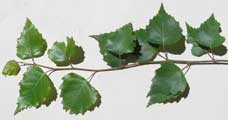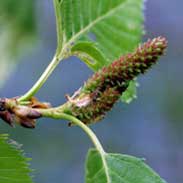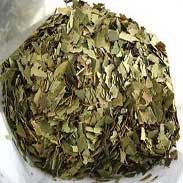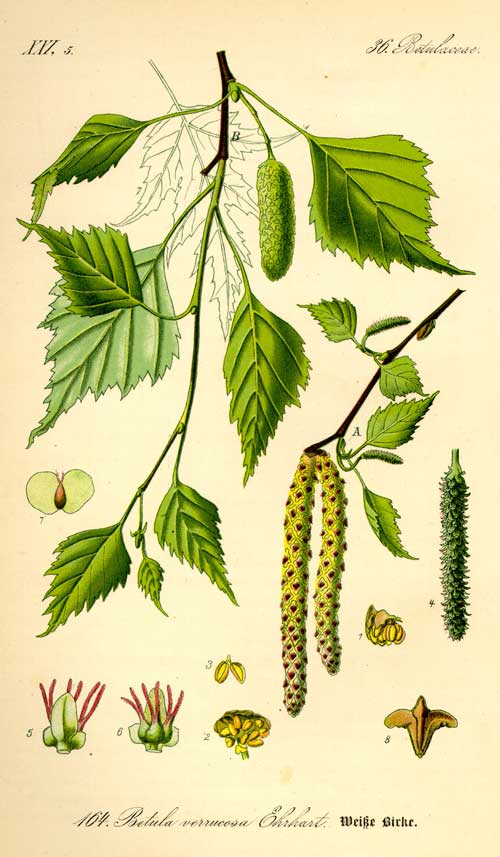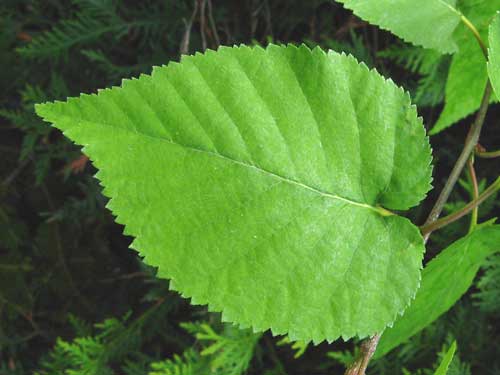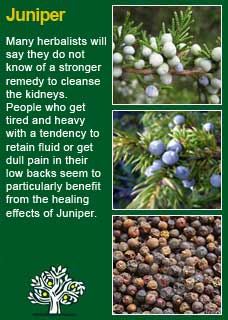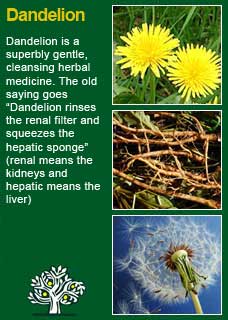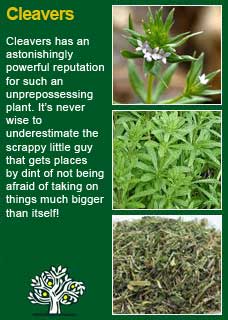
|
|
||||
| Our Pages ABOUT CONSTITUTIONAL MEDICINE
|
Whilst the bark has also been employed in traditional herbal medicine, especially as a wound wash, this article focuses on the dried leaves which can come from several different species of Birch, itself a most familiar tree that just about anyone can identify from all over the world for its silvery-white bark that peels off in layers along with its lovely and distinctive, slender, drooping branches and leaves.
The name 'Birch; is a very ancient one, probably derived from the Sanskrit 'Bhurga' - 'a tree whose bark is used for writing on.' From its other uses for boat-building and roofing it is connected with the old word 'beorgan' ' - to protect or shelter.' Maude Grieve describes how 'the leaves have a peculiar, aromatic, agreeable odour and a bitter taste and have been employed in the form of an infusion (Birch tea) in gout, rheumatism and dropsy, and recommended as a reliable solvent of stone in the kidneys.' From King's Dispensatory, 1898: 'the white birch is a favourite remedy in northern Europe, where it is abundant. An infusion of the leaves has been employed in rheumatism, skin diseases, gout, and dropsy, while for the rheumatic a bed of fresh leaves is prepared, and is said to occasion profuse diaphoresis' F Ellingwood records the following 'Winternitz made an infusion of the dried leaves of Betula in the preparation of one part to six or eight parts of water by weight. Of this he would give from four to six ounces at a dose for albuminuria. He claimed that albumin epithelial scales and casts would disappear entirely. The quantity of the urine would increase to from six to ten times its bulk. Jenicke used it in nephrolithiasis. In one case, a stone had been discovered in the kidney by an X-ray. The urine was concentrated, sometimes bloody, contained pus cells, and uric acid in large quantities with three and one-half per cent of albumin. This tea reduced the quantity of albumin, relieved the pain, improved the general health of the patient so that in twelve weeks' time he was entirely cured, the urine being normal. There has been passed from time to time with the water tiny pieces of stone from the kidney. We have had reports from a number of writers in this country concerning the action of this remedy in a similar manner, and all confirm the observations made by the German writers' Simon Mills describes Birch leaf as 'useful for rheumatic and arthritic conditions, especially where kidney function appears to need support'. He also suggests 'it can help in the active phases of rheumatic or other auto-immune illness, especially where associated with fever.' David Hoffmann writes 'Birch leaf is an effective remedy for cystitis and other infections of the urinary system and helps eliminate excess water from the body. Perhaps because of this cleansing, diuretic activity, the plant has been used to treat gout, rheumatism, and mild arthritic pain. Hoffmann suggests doses of 1-2 mls of the tincture or 1-2 tsps of the dried leaf in a cup of boiling water infused for 10 minutes. Thomas Bartram describes the actions of Silver Birch as 'astringent, bitter, anti-inflammatory, cholagogue, diuretic, contains salicylates that have an aspirin-like effect' and he recommends it 'rheumatism and gout (dried leaf tea), sluggish kidney function, heart oedema, cellulitis due to the retention of metabolic wastes'. Bartram suggests a dose of 1 tsp of dried leaves to a cup of boiling water. Rudolph Weiss also suggests that aqueous birch leaf extracts (teas) are more effective than alcoholic extracts and he says that 'the treatment of rheumatic disease is a most important indication for the herb' which he also says, 'causes observable increased electrolyte elimination and urinary excretion.'
~ The German Commission E monograph on Birch leaf gives a positive report for its use in rheumatic disease as well as a diuretic for treatment of bacterial and inflammatory diseases of the urinary passages. ~ Birch contains large amounts of methyl salicylate which may be part of its value when taken internally but is certainly one reason why it has historically been used in ointments and liniments for aching muscles or joints ~ The authors, titles and the 'where-and-when' published of nearly 60 further studies and articles on Birch are listed in a PDF found here
For some years now, against this proven and safe way of herbalism, there has been a rising tide of excessive caution and scare-mongering in many parts of the world. The same authorities that, not so long ago, decried herbal medicines as ineffectual, have now taken up a different adversarial position; that they are dangerous substances that should only be prescribed by Doctors, who of course have zero training in them. Unfortunately, the same unnecessary fear and worry has crept into many natural health websites and popular publications on herbs. Herbs that we have safely used for thousands of years, that have no reports of adverse reactions in the medical literature despite widespread use by millions of people, are suddenly described as contraindicated because of something that should have been seen as completely unimportant, or at the utmost a merely theoretical concern, such as a laboratory study on one of the herb's constituents to use an all too common example. I wonder sometimes if the writers of such articles feel that the herb will be more deserving of respect if it is thought to be a little bit dangerous, in other words more like a drug than something that has simply come out of the earth and been used by ordinary people for generations beyond count. There is just so much misinformation about herbal medicine on the internet now. Ludicrous claims and cautions abound in equal measure; it seems like one group are trying to make money out of the public whilst the other are busily trying to scare them off. I have to believe that the kind of reader who takes the time to read pages on herbs that are as extensive as this one is much less likely to be swayed by marketers or misinformers. I hope that you will keep your wits about you if you get conflicting opinions from people who have never really got to know these herbs, who have never worked with them, or learned how to use them safely and effectively. I want to remind you that the reason that herbs can never be patented and owned by any individual or corporation is because they are, and always will be, the People's medicine. They belong to all of us and it is my great hope in sharing this work that you will learn how to use them wisely for yourself, and the people you care for. Be safe, but do not be afraid.
Birch is a superb remedy to gently and reliably aid the essential cleansing process. It is certainly very effective as a cleansing tea and can be given with great benefit in this traditional form. However, I have also found it to be highly potent and reliable as a tincture as well, where just 1 or 2 mls in a dose seems to be plenty to activate the cleansing process. It can clearly be of great help in cases where there is fluid retention or when the joints are stiff, sore and inflamed and we want to help cleanse the tissues through flushing out waste products via the kidneys. I think of it as a herb that can especially help with hot, acidic, hard and stuck conditions, particularly in the joints but really anywhere where easeful, fluid movement is being restricted. One of the things I love about Silver birch is that you may have a patient who has come in with some more pressing troubles that need the bulk of the therapeutic plan to be directed to them, but they may also have some congestion with associated joint troubles that is relegated to a 'background problem'. Adding a little Birch to the treatment plan in such cases will not detract from the other herbs that may need to be taken in more substantial doses, and it will be sure to help. If you who are reading this are studying herbal medicine or just want to get to know this plant more deeply for your own good reasons, then you might want to acquire some Birch leaf or Birch extract and take a dose of its tea or tincture with a quiet and attentive mind so you can experience its qualities for yourself. I think you will find that it reliably produces a rather distinctive 'action' that will give you an appreciation of the herb beyond the limit that an academic understanding can bring you to. I think you may well reach a personal understanding of why it is such a potent, energetic, deep-reaching medicine that has rightly been revered since ancient times for its ability to aid and support us. The history of Birch, for medicine, for writing, for travelling by water, is interwoven with the history of humanity. This tree has been loved and appreciated for millennia by all cultures where it grew, often planted into circles to create a sacred space for ceremonies or seekers. If you have a Birch tree somewhere around you that you can regularly see, I encourage you to get to know it through its seasons and to regularly take in some of its essence through touching its bark, even perhaps chewing on a leaf from time to time. There is some potent plant medicine for both the mind and the body in this beautiful, graceful and generous tree. It brings softness into that which is too hard, a return to fluidity when things have become stuck. Further to this, if you would like to learn more about the ancient art of pulse testing, a simple but powerful way to ask the intuitive intelligence of the body for its responses to a herb by feeling the pulse whilst giving a tiny dose by mouth, read here Birch combines perfectly with other great cleansing herbs such as Juniper berry, Dandelion leaf and root, Cleavers and Calendula. It always mixes well with other herbs and, because it is a potent herb that does not require large amounts to take effect, it is easy to add a small amount of Birch to a formula so it can lend its sure and gentle hand to the work.
Much of the information here about the traditional uses of Birch is consistent with the model of thinking whereby one may treat problem A with plant B. There is value in this approach, especially in how it helps us pass on useful knowledge to one another, but it falls short in one vital area; and that is that people are not all cut from the same cloth! Something that works brilliantly for one person may do less for another -- why is this? Part of the reason is that people vary in their constitutions as to whether they are either hotter or cooler and, at the same time, either dryer or damper. This useful and rather fascinating subject is introduced further here Another big part of using the right herb when it is most needed comes from understanding the need to treat what is going wrong for the person that had led up to their getting a health condition. In this light, Birch leaf can particularly offer its benefits when a cleansing action is needed in the 'cycle of healing' - more about this here
Please understand that I cannot advise you, including on products or dosage, without seeing you in person in my clinic but for ideas
on how you might find a good herbalist in your area read here |
|
|
© 2011 R.J.Whelan Ltd
